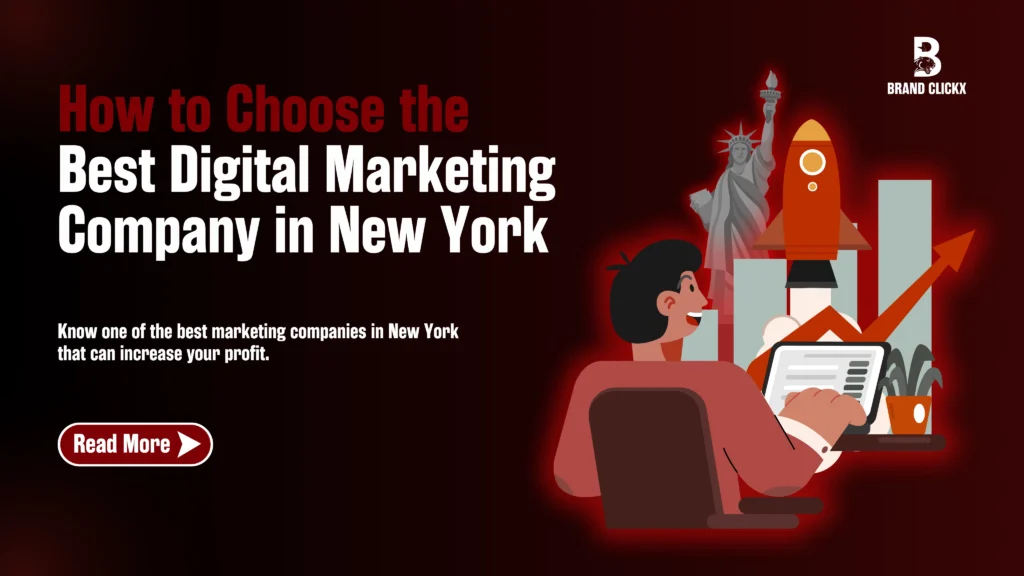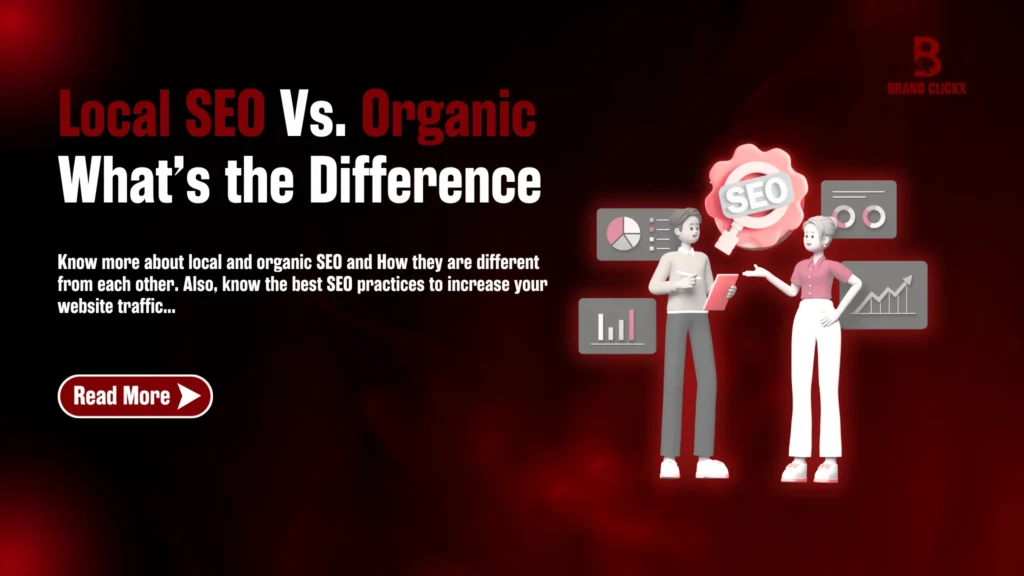INTRODUCTION
In a world of short attention spans and high competition, even a delay of a few seconds can dramatically affect your business
In a world of short attention spans and high competition, even a delay of a few seconds can dramatically affect your business. Whether you’re running an eCommerce store, a content platform, or a service based website, website performance optimization is now a fundamental requirement—not a luxury.
Studies have shown that users expect websites to load in under three seconds. If your website fails to meet that expectation, they will likely leave and may never return. Worse, slow load times impact search engine visibility, mobile usability, and overall brand credibility. For businesses, that means lost traffic, lower engagement, and reduced revenue potential.
BrandClickX recognizes that performance is a core component of modern web development. We don’t just build websites—we engineer fast, smooth, and high performing digital experiences that load quickly, scale efficiently, and deliver results.
What Is Website Performance Optimization?
A Technical and Experiential Balance
Website performance optimization is the process of enhancing how quickly a website loads, responds, and functions across devices and networks. It encompasses everything from serverside speed and code efficiency to visual stability and user interaction.
Website performance isn’t just about loading fast—it’s about ensuring users experience minimal friction, zero confusion, and maximum value from the moment they land on a page.
Key areas of focus include:
- Page Load Speed: Time it takes to load a complete webpage
- Time to First Byte (TTFB): Time before a server starts sending data
- First Contentful Paint (FCP): When users see the first visual change
- Largest Contentful Paint (LCP): How long it takes for the biggest element (image or block) to load
- Cumulative Layout Shift (CLS): How stable the layout appears during load
- Time to Interactive (TTI): When the site becomes usable and clickable
Each of these metrics directly impacts user satisfaction, conversion rates, and search engine rankings.
BrandClickX Framework for Website Performance Optimization
At BrandClickX, we follow a performance first development philosophy that integrates speed, usability, and efficiency into every step of the process. Our framework includes technical infrastructure, frontend optimization, realtime monitoring, and UX design enhancements.
1. SpeedFirst Development Practices
Performance is not something that’s added later—it’s baked into every line of code. Our developers follow modern coding practices that avoid bloat and redundancy. We use lightweight frameworks, clean code, and minimize reliance on unnecessary plugins or libraries.
Assets such as CSS, JavaScript, and fonts are minified and loaded asynchronously, ensuring users only download what they need, when they need it. This keeps the initial page weight low and boosts load speed across all device types.
2. Optimized Server and Hosting Architecture
Fast websites require strong foundations. We guide clients in selecting highperformance web hosting providers that offer:
- SSDbased infrastructure for faster read/write operations
- Content Delivery Networks (CDNs) for geodistributed content delivery
- HTTP/2 support and Brotli compression for improved data transfer
- Cloud scalability for traffic surges
- Builtin firewalls and security monitoring for stability
Additionally, we configure caching layers—both serverside and browserside—to reduce server processing and load pages faster for returning visitors.
3. FrontEnd Speed Techniques
A large portion of page speed optimization comes from frontend refinement. At BrandClickX, we employ advanced techniques such as:
- Image Optimization: We convert images to nextgen formats like WebP and use lazy loading to defer offscreen assets.
- Minification and Compression: HTML, CSS, and JS files are compressed using Gzip or Brotli for faster loading.
- Critical CSS Rendering: Only the essential CSS required for the visible screen is loaded first.
- JavaScript Deferral: Scripts are delayed until after the page becomes interactive.
- Font Optimization: System fonts or font display strategies are used to prevent Flash of Invisible Text.
These tactics ensure faster loading without compromising visual or functional quality.
Improving Website Usability Through Performance
What Is Website Usability and Why It Matters
Usability defines how easy it is for users to interact with your website. Fast load times alone don’t guarantee a good user experience. Elements like layout, navigation, responsiveness, readability, and accessibility all play vital roles in keeping users engaged.
A slow, confusing, or unstable interface reduces user trust and satisfaction, ultimately hurting retention rates. Conversely, a website that loads quickly and flows logically helps users complete tasks, increases business conversions, and encourages return visits.
How BrandClickX Improves Usability
Our usability optimization focuses on:
- Designing intuitive, consistent navigation structures
- Ensuring mobile responsiveness across devices
- Implementing logical content hierarchies and breadcrumbs
- Maintaining strong contrast ratios and legible typography
- Limiting intrusive elements like popups or heavy animations
We test usability with heatmaps, scroll tracking, and A/B testing to make data driven adjustments that improve the enduser experience.

The Role of Mobile Optimization in Website Speed
Why Mobile Optimization Is No Longer Optional
With over 60% of web traffic originating from mobile devices, optimizing performance for mobile users is critical. Google’s mobilefirst indexing means that the mobile version of your site is now the primary version evaluated for search rankings.
BrandClickX ensures every website we build is fully optimized for mobile with fast loading times, responsive design, and accessible UI components.
Mobile Performance Strategies We Apply
- Adaptive images that scale based on screen size
- Tapfriendly buttons and input fields
- Simplified menus and mobile specific navigation
- mobile specific caching and content prioritization
- Elimination of unnecessary third party scripts on mobile
This ensures that users on smartphones or tablets have as smooth and fast an experience as those on desktops.
Tracking Website Performance Metrics Continuously
Ongoing Monitoring and Analytics
Optimizing performance isn’t a one time task—it’s an ongoing process. That’s why we integrate realtime performance monitoring into our clients’ dashboards using tools such as:
- Google PageSpeed Insights for Core Web Vitals tracking
- GTmetrix for waterfall analysis and loading sequence
- Lighthouse Audits for performance scoring
- Google Search Console for indexing and mobile usability reports
These tools allow us to spot emerging issues, test new enhancements, and adjust based on changing technologies or user behaviors.
What We Monitor and Improve
Using behavior analytics like Hotjar or Microsoft Clarity, we identify bottlenecks, abandonment points, and poor interactions. This data fuels our iterative optimization process, enabling continued improvements in:
- Session duration
- Bounce rate
- Conversion rate
- Page depth
- Scroll engagement
How Website Performance Affects SEO and User Retention
Google’s Emphasis on Speed
Google uses site speed and Core Web Vitals as part of its ranking algorithm. A fast, stable, and responsive website is more likely to rank higher, especially on mobile searches.
A welloptimized website helps you:
- Rank better in SERPs (Search Engine Results Pages)
- Improve organic traffic
- Reduce paid ad bounce rates
- Build domain trust and credibility
Stronger Performance = Higher User Retention
When a user encounters a fastloading, intuitive website, they stay longer, explore more pages, and convert at higher rates. Optimized websites are also more likely to receive social shares, backlinks, and return visits—all of which strengthen your digital presence over time. Get in touch with BrandClick to get Website Performance Optimization services
FAQs About Website Performance Optimization
1. Why is website performance so important in 2025?
Users expect fast, seamless experiences. Slow websites lead to high bounce rates, poor SEO rankings, and reduced conversions. Performance is a key indicator of user trust and brand quality.
2. What are the main causes of slow websites?
Common causes include unoptimized images, excessive plugins, poor hosting, renderblocking JavaScript, and unminified code. Our audits identify and fix all these issues.
3. How often should I test my site’s performance?
You should monitor performance monthly, or after any major design or content updates. Continuous testing helps detect issues before they hurt your metrics.
4. Can website speed really affect SEO rankings?
Yes. Google’s algorithm uses speed and Core Web Vitals as ranking signals. A slow website can hurt both desktop and mobile rankings significantly.
5. Does BrandClickX offer ongoing performance monitoring?
Absolutely. We offer performance maintenance plans, including regular audits, Core Web Vitals tracking, and optimizations tailored to traffic spikes or feature changes.



